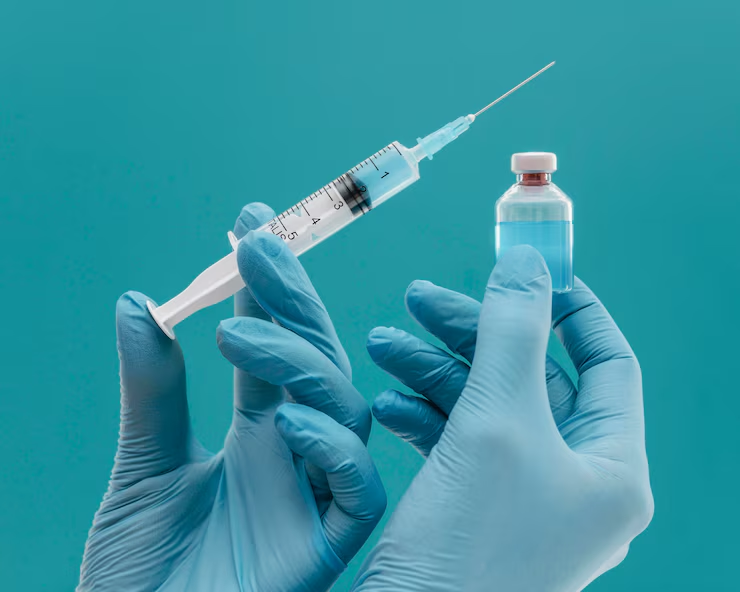Vaccine
Understanding Vaccine Research
Vaccine research is one of the most critical components of modern medicine, preventing the spread of infectious diseases and saving millions of lives annually. Developing a new vaccine involves a series of steps that blend rigorous science with ethical oversight.


Step 1: Antigen Identification
The process begins by identifying antigens—substances that trigger an immune response. These antigens could be parts of viruses, bacteria, or synthetic molecules that mimic these pathogens. Researchers determine which parts are most likely to train the immune system to recognize and fight the actual disease.
Step 2: Preclinical Testing
Before testing on humans, vaccines undergo preclinical testing in labs and on animals. Researchers evaluate immune responses, check for toxicity, and identify potential side effects. If results are promising, the vaccine candidate proceeds to clinical trials.


Step 3: Clinical Trials
Vaccine clinical trials are divided into phases:
- Phase I: Assesses safety and immune response in a small group of healthy individuals.
- Phase II: Expands testing to include more participants to further assess safety, optimal dose, and immune activation.
- Phase III: Conducted on thousands of participants to evaluate how well the vaccine prevents disease in real-world conditions.
All phases involve close monitoring and data collection to ensure accuracy and safety.
Step 4: Regulatory Approval
If clinical trials show strong safety and efficacy results, the vaccine developer submits data to regulatory agencies. The review process is thorough, and if the vaccine meets all criteria, it is approved for public use.


Step 5: Post-Approval Monitoring
Even after approval, vaccines undergo Phase IV surveillance to monitor long-term safety and effectiveness. Adverse events are reported and studied to ensure continued public safety.
Innovations in Vaccine Research
The COVID-19 pandemic introduced mRNA technology to the public. Unlike traditional vaccines, mRNA vaccines use genetic instructions to teach the body to fight the virus. This approach is faster, more adaptable, and opens doors for future vaccines against cancers and other diseases.


